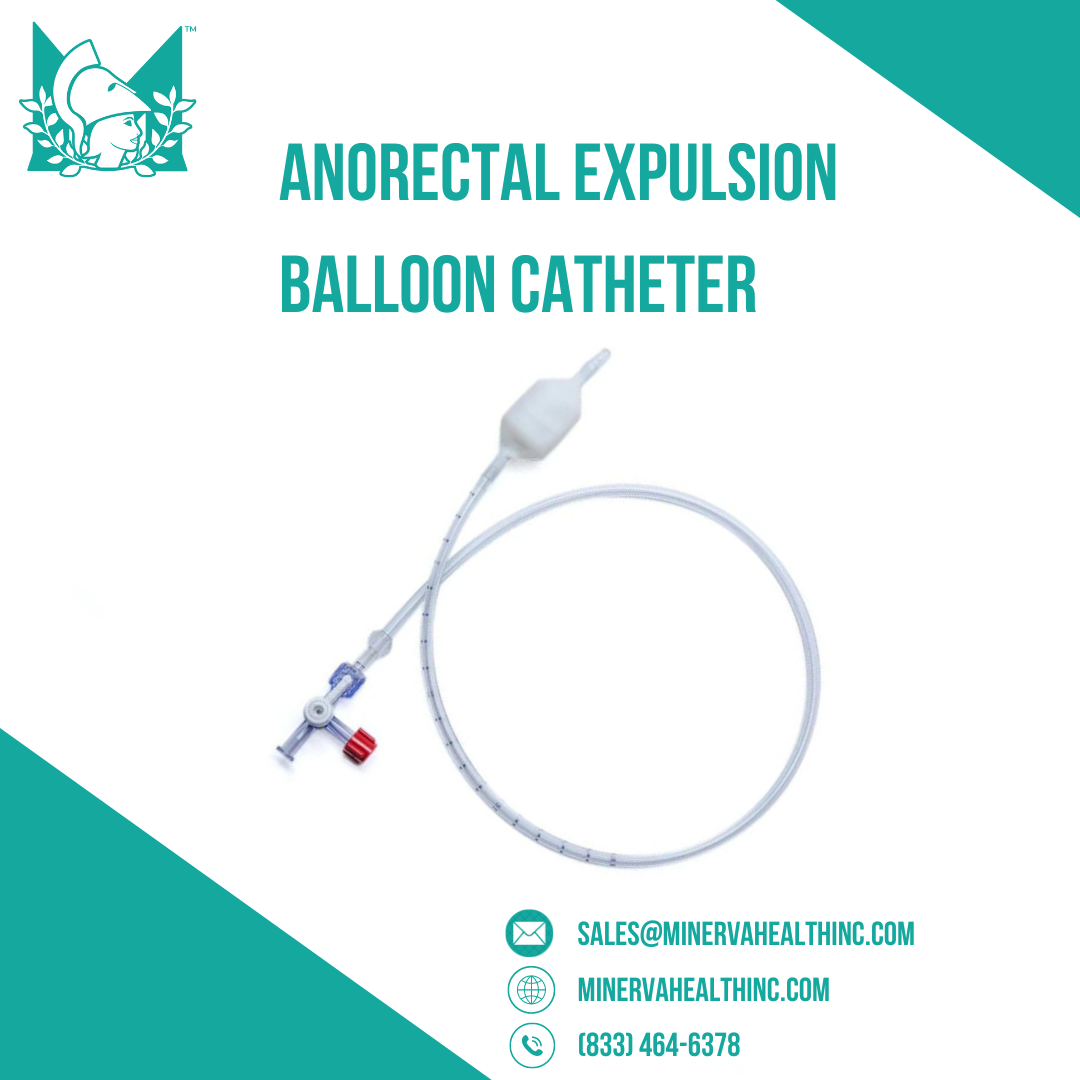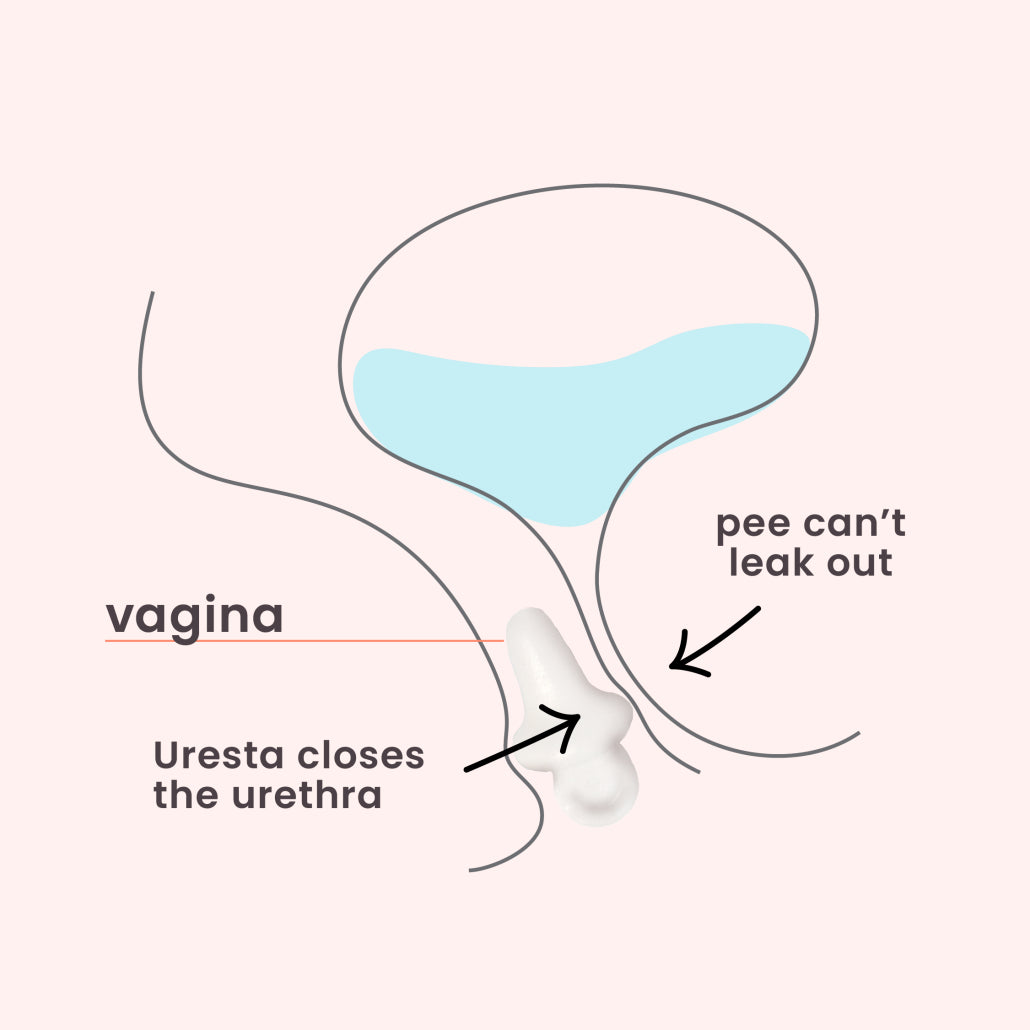In men's health, there exists a spectrum of conditions that are often shrouded in silence and misconception. Peyronie's disease stands as a poignant example, affecting countless men globally yet remaining relatively obscure in public discourse. In this comprehensive exploration, we embark on a journey to unravel the complexities of Peyronie's disease, examining its origins, manifestations, impacts, and avenues for treatment. Through illuminating the Who, What, When, Where, and Why of Peyronie's disease, we endeavor to foster greater understanding and support for those navigating this challenging condition.
What is Peyronie's Disease?
Peyronie's disease, named after the French surgeon François de la Peyronie who first described it in 1743, is a connective tissue disorder of the penis characterized by the formation of fibrous plaques within the tunica albuginea, the tough sheath surrounding the erectile tissue. These plaques, comprised primarily of collagen, result in penile curvature, deformity, and often pain during erection. While the exact etiology remains elusive, Peyronie's disease is commonly associated with trauma or injury to the penis, which triggers an aberrant wound healing response and the subsequent development of scar tissue. This scar tissue, or plaque, disrupts the normal elasticity of the tunica albuginea, causing the penis to bend or curve abnormally during erection.
Who is Affected by Peyronie's Disease?
Peyronie's disease can affect men of all ages, although it predominantly manifests in middle-aged and older men, typically between the ages of 40 and 60. However, it is crucial to recognize that Peyronie's disease is not limited by age, as cases have been documented in men as young as their twenties. While the true prevalence of Peyronie's disease is challenging to ascertain due to underreporting and reluctance to seek medical attention, epidemiological studies suggest that it may affect anywhere from 3% to 9% of men globally. Furthermore, certain risk factors, such as a family history of Peyronie's disease, Dupuytren's contracture (a condition characterized by thickening of the tissue beneath the skin of the palm and fingers), and certain medical comorbidities like diabetes and hypertension, may predispose individuals to developing Peyronie's disease.
When Does Peyronie's Disease Occur?
Peyronie's disease typically manifests gradually over time, with symptoms often emerging months or even years after the inciting trauma or injury to the penis. Initially, men may notice subtle changes in penile curvature or the development of palpable plaques within the penile shaft. As the disease progresses, the curvature may become more pronounced, leading to difficulty achieving or maintaining an erection and potentially causing pain or discomfort during sexual activity. It is essential to emphasize that not all cases of penile curvature are indicative of Peyronie's disease, as some degree of curvature is normal in many men.
Challenges of Diagnosis and Treatment:
Diagnosing Peyronie's disease can be challenging, as many men may delay seeking medical attention due to embarrassment or misconceptions about the condition. Additionally, the subjective nature of penile curvature and the variability in symptom presentation can complicate the diagnostic process. Healthcare providers must approach the evaluation of Peyronie's disease with sensitivity and empathy, creating a safe space for open communication and honest disclosure of symptoms.
Furthermore, the management of Peyronie's disease requires a tailored approach that addresses the individual's unique symptoms, disease progression, and treatment preferences. However, treatment options for Peyronie's disease remain limited, with no universally effective therapy available. The lack of consensus on optimal treatment algorithms and the variable response to interventions underscore the need for further research and innovation in this field.
Where Does Peyronie's Disease Originate?
The precise origins of Peyronie's disease remain a subject of ongoing research and debate. While trauma or injury to the penis is widely recognized as a precipitating factor, other contributing factors may include genetic predisposition, autoimmune processes, and microvascular abnormalities. The inflammatory response triggered by penile trauma initiates a cascade of events, including the release of cytokines and growth factors, which promote fibroblast proliferation and collagen deposition. This leads to the formation of plaques within the tunica albuginea, disrupting the normal architecture of the penis and resulting in penile curvature and deformity.
Why Does Peyronie's Disease Matter?
Peyronie's disease exerts a significant impact on men's physical and emotional well-being, as well as their intimate relationships and overall quality of life. The curvature and deformity of the penis can engender feelings of embarrassment, self-consciousness, and sexual dysfunction, leading to psychological distress and diminished self-esteem. Moreover, the pain and discomfort associated with Peyronie's disease may deter individuals from seeking medical intervention, further exacerbating the emotional burden of the condition. Left unaddressed, Peyronie's disease can strain intimate relationships and hinder sexual satisfaction, underscoring the importance of early recognition and intervention.
Psychological and Emotional Impacts:
Beyond the physical manifestations, Peyronie's disease can inflict profound psychological and emotional distress on individuals and their partners. The psychological toll of living with Peyronie's disease extends far beyond the bedroom, infiltrating every aspect of daily life. Men may experience feelings of shame, inadequacy, and emasculation as they grapple with the visible deformity of their penis and the perceived loss of masculinity. Partners, too, may struggle to come to terms with the changes in their intimate relationship, navigating feelings of frustration, disappointment, and uncertainty about the future.
Moreover, the secrecy and stigma surrounding Peyronie's disease can exacerbate feelings of isolation and alienation, preventing individuals from seeking support or discussing their concerns openly. The reluctance to disclose their condition may stem from fear of judgment or rejection, perpetuating a cycle of silence and shame. As a result, many individuals suffer in silence, internalizing their struggles and withdrawing from social interactions, further isolating themselves from sources of support and understanding.
Treatment Options for Peyronie's Disease:
The management of Peyronie's disease encompasses a spectrum of therapeutic modalities tailored to the individual's symptoms, disease progression, and treatment goals. While there is no universally accepted algorithm for the management of Peyronie's disease, common treatment options include:
- Observation: In cases of mild or asymptomatic Peyronie's disease, a conservative approach of watchful waiting may be adopted, as some individuals experience spontaneous improvement or stabilization of symptoms over time.
- Oral Medications: Pharmacological agents such as collagenase clostridium histolyticum (Xiaflex) or oral antioxidants like vitamin E and potassium para-aminobenzoate (Potaba) may be prescribed to mitigate plaque formation and reduce penile curvature.
- Intralesional Injections: Direct injection of medications, such as verapamil, interferon-alpha, or corticosteroids, into the penile plaques may help soften the scar tissue and improve penile curvature.
- Penile Traction Therapy: External devices, such as penile traction devices or vacuum erection devices (VEDs), may be utilized to apply controlled mechanical forces to the penis, promoting tissue remodeling and reducing penile curvature over time.
- Surgical Interventions: Surgical correction of Peyronie's disease may be considered for individuals with severe curvature or refractory symptoms. Surgical techniques, such as penile plication (shortening of the longer side of the penis) or plaque incision with grafting (removal of scar tissue followed by placement of graft material), aim to restore penile straightness and function.
Emerging Research and Support Initiatives:
Despite the challenges posed by Peyronie's disease, there is cause for optimism on the horizon. A growing body of research is dedicated to unraveling the pathophysiology of Peyronie's disease and identifying novel therapeutic targets. From advances in molecular biology and tissue engineering to innovative surgical techniques and targeted drug delivery systems, researchers are exploring a myriad of avenues to improve the diagnosis and management of Peyronie's disease.
Moreover, the emergence of patient advocacy groups and support initiatives has provided a lifeline for individuals affected by Peyronie's disease. These organizations offer a platform for individuals to share their experiences, seek guidance from peers, and access resources for education and support. By fostering a sense of community and solidarity, these initiatives empower individuals to confront the challenges of Peyronie's disease with resilience and courage.
Peyronie's disease stands as a testament to the intricate interplay between physical health, emotional well-being, and intimate relationships. By unraveling the multifaceted dimensions of Peyronie's disease and embracing a holistic approach to care, we can empower individuals affected by this condition to seek diagnosis, explore treatment options, and reclaim their sexual health and overall quality of life. Through education, advocacy, and ongoing research, we can challenge the stigma and misconceptions surrounding Peyronie's disease, fostering a more inclusive and supportive environment for those navigating the curvature of men's health. Let us continue to shine a light on Peyronie's disease, amplifying the voices of those affected and championing a future where every individual has access to compassionate care and comprehensive support.
The content on this website serves as a general summary for public information only. This information is not medical advice, nor does it act as a replacement for professional medical advice, diagnosis, or treatment. For inquiries about a medical condition, it is essential to consult with a doctor or another qualified health professional.
Please visit the website for more information https://minervahealthinc.com/pages/urological




